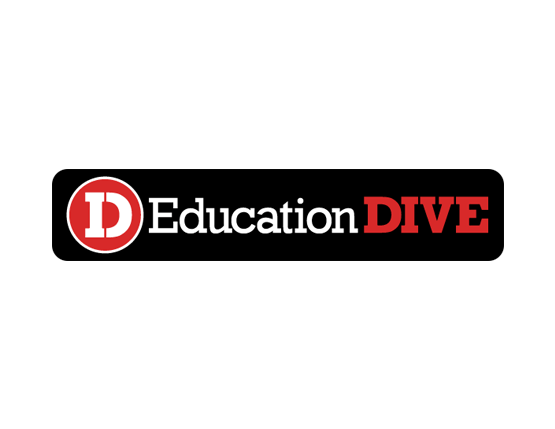In the Media
Ed Dept Gives Guidance on Transparent Financial Aid Offers
April 18, 2019
By James Paterson

Dive Brief:
- To bring more transparency to college costs, the U.S. Department of Education on Monday released a list of recommendations spelling out the type of wording institutions should avoid in financial aid offers and what information they should provide.
- Colleges are encouraged to use clearer language, helping students make more educated decisions about where to enroll. Among the guidance is to avoid calling student loans and work-study an "award," and instead use terms such as "financial aid offer" or "college financing."
- Spelling out the cost of attendance, including for housing, medical insurance and transportation, is also recommended. Different types of aid should be split up and explained, the department suggests. Colleges should also include details about next steps for accepting aid.
Dive Insight:
The flaws the Ed Department warns against abound in financial aid offers, according to a report last year from nonpartisan think tank New America and the nonprofit uAspire.
After analyzing more than 11,000 financial aid letters, the groups found 70% of them combined all types of aid — such as scholarships, loans and work-study — with no explanation of how they differed. The letters also often used "confusing jargon and terminology" to identify loans.
Moreover, almost 15% of letters described Parent PLUS loans as awards, which made the financial aid package "appear far more generous than it really was," the authors wrote.
In all, the analysis found the average student who received a Pell Grant was on the hook for $12,000 after aid was applied.
Last month, a similar study from the University of Pennsylvania's Alliance for Higher Education and Democracy revealed issues around transparency in the price of college. In an analysis of 80 institutions, researchers found some didn't offer legally required net price calculators and provided "misleading or incomplete" information about costs.
A group of U.S. Senators introduced bipartisan legislation last month that aims to make financial aid offers more transparent. The bill, which intends to amend the Higher Education Act, would mandate a standard language and format in colleges' financial aid communications.
Though some colleges have come up with new ways to financially support students, sometimes such efforts still lack price transparency.
For example, although some institutions have trimmed their sticker prices in an effort to attract more students, the change has resulted in them offering less in institutional grants. And Money reported in 2017 that although around 20 elite institutions at the time were touting a "no-loan" policy, some students still went into debt to bridge the gap between what the college assumed they or their family would contribute to the cost of attendance and what they actually could afford.
View original article